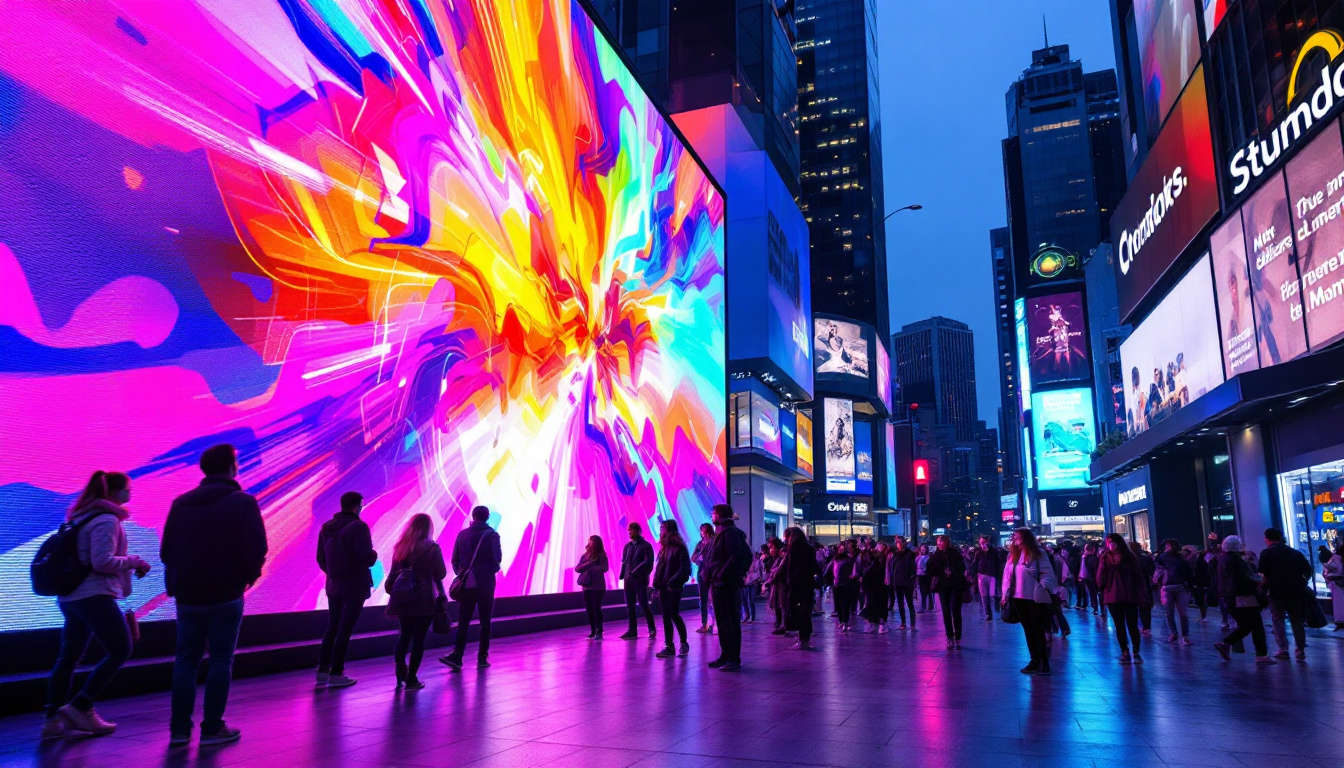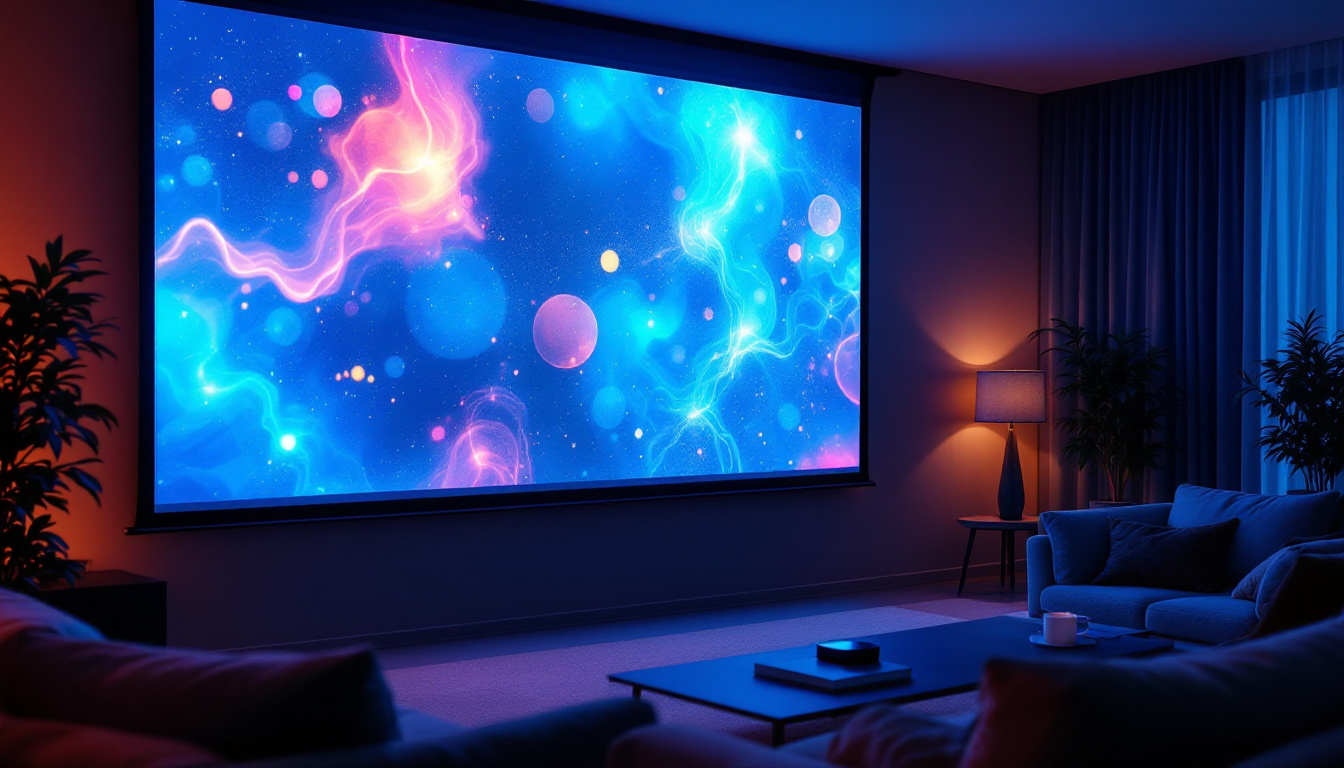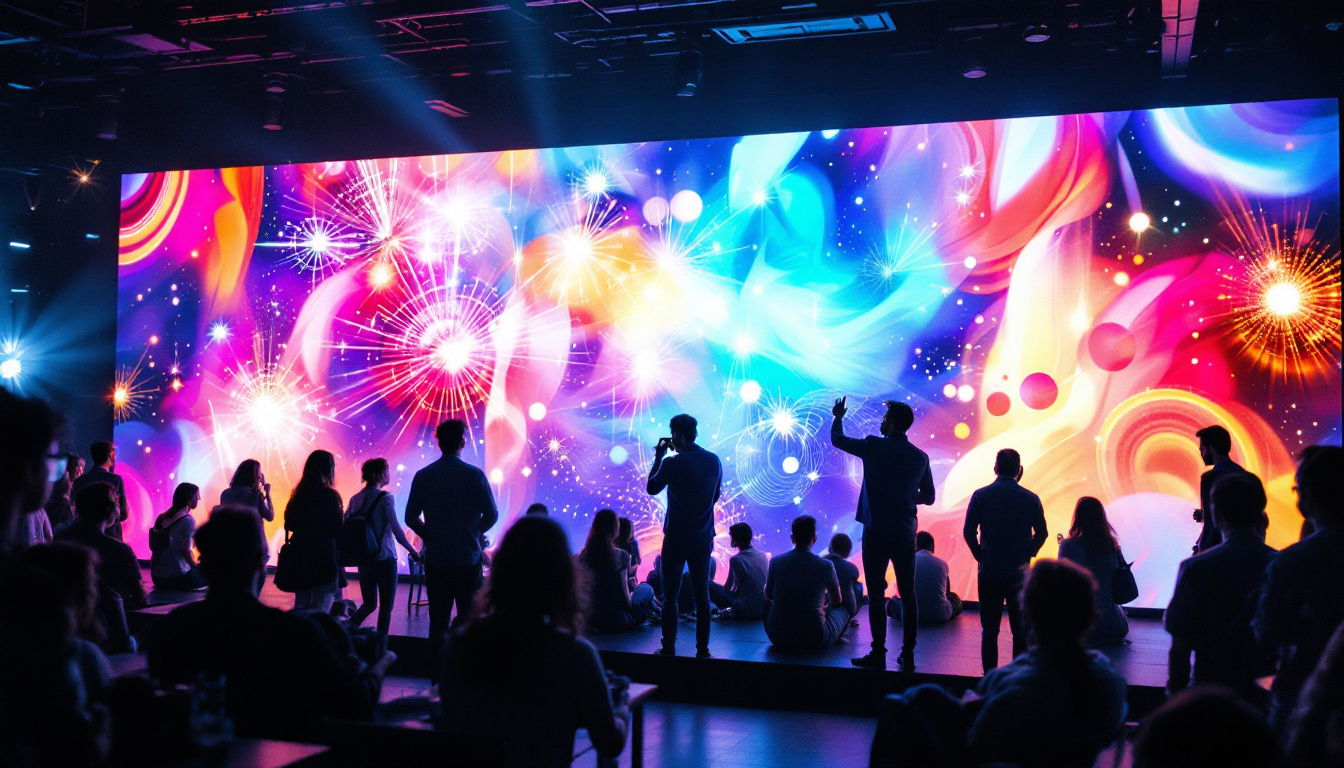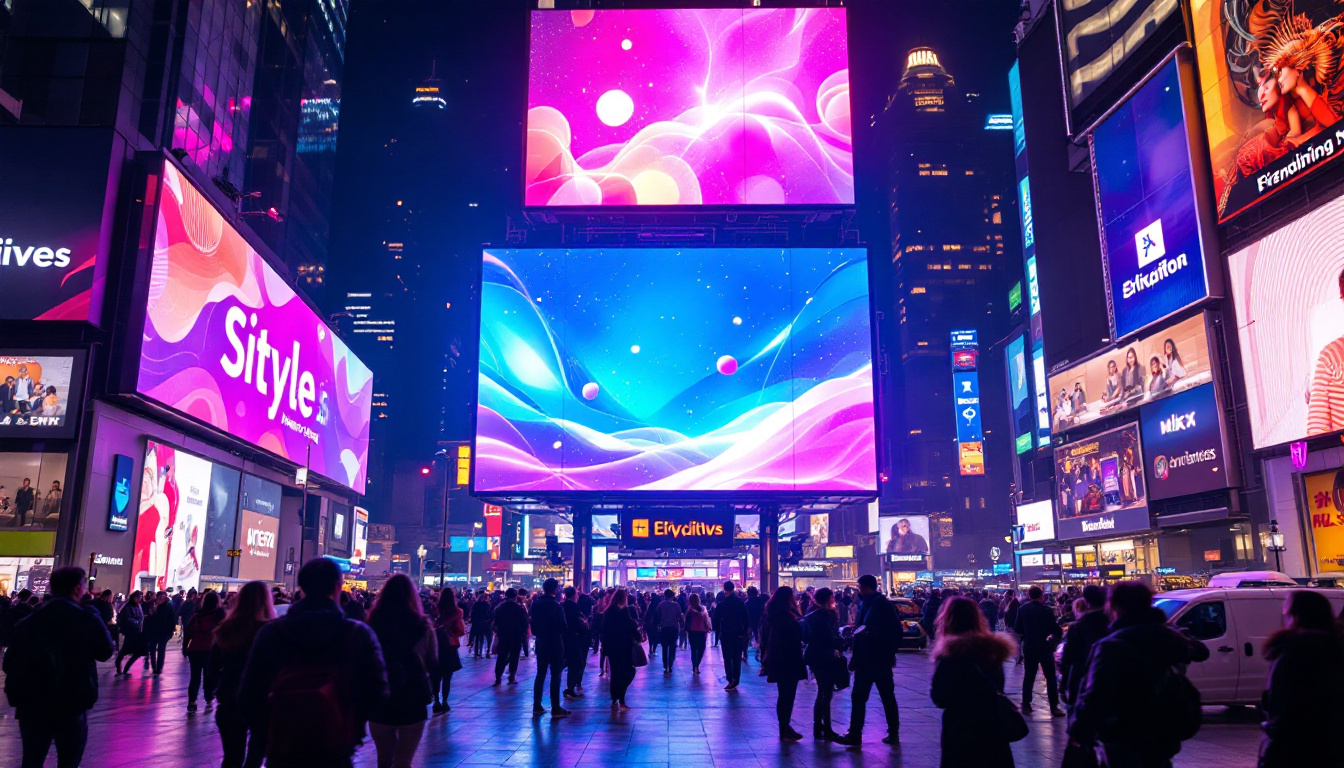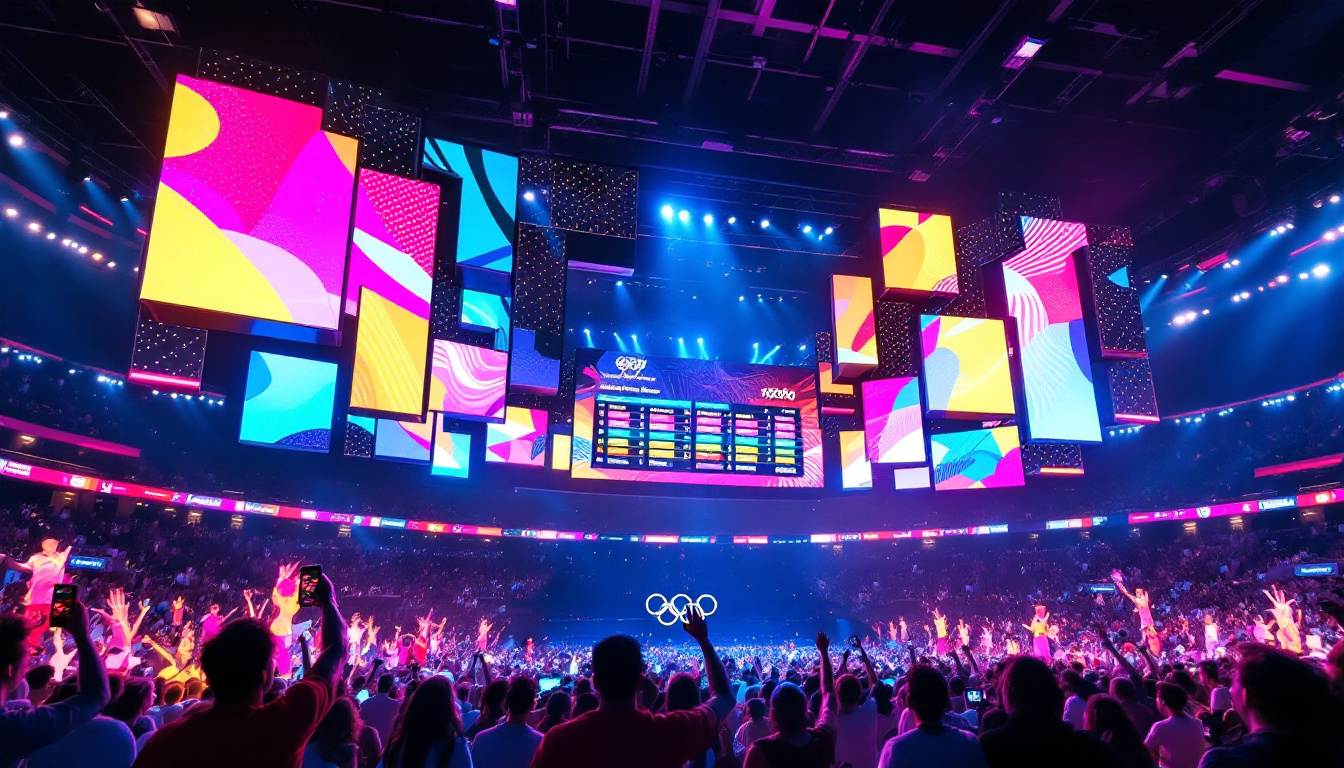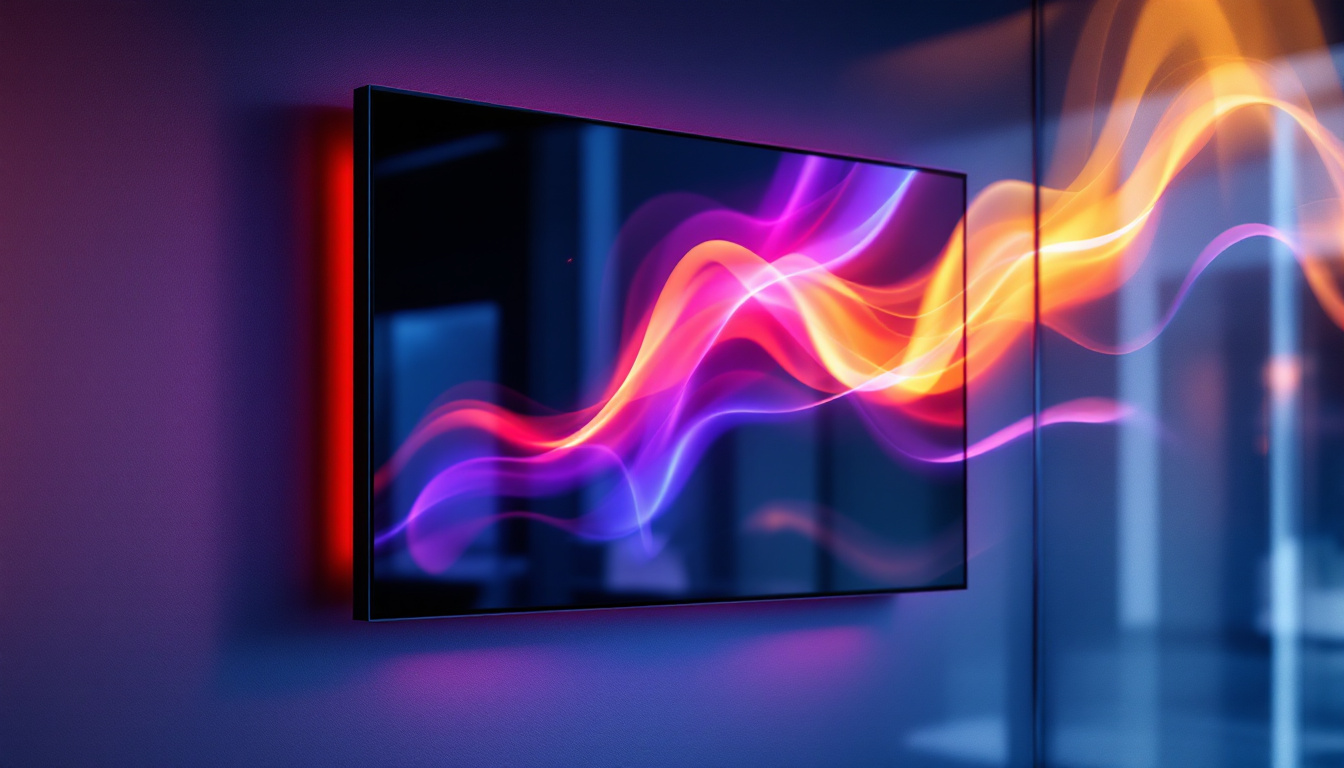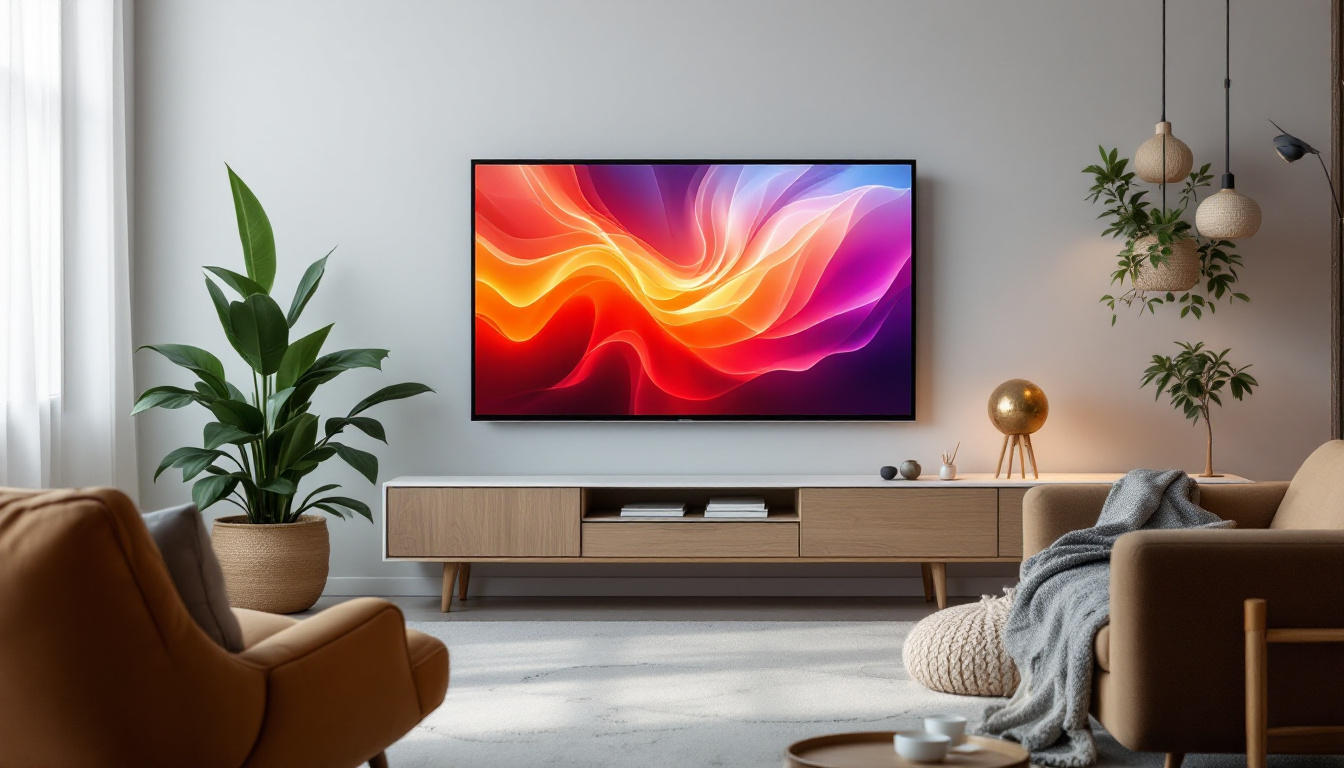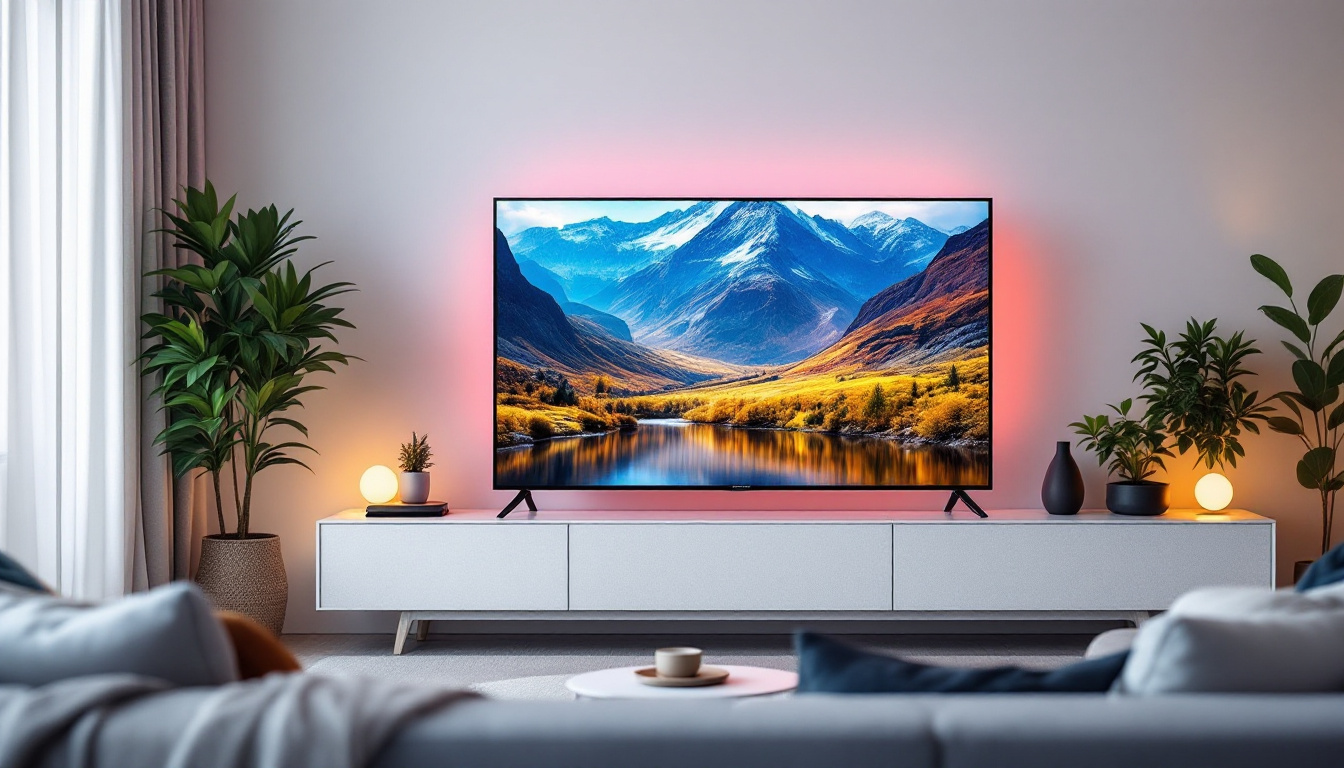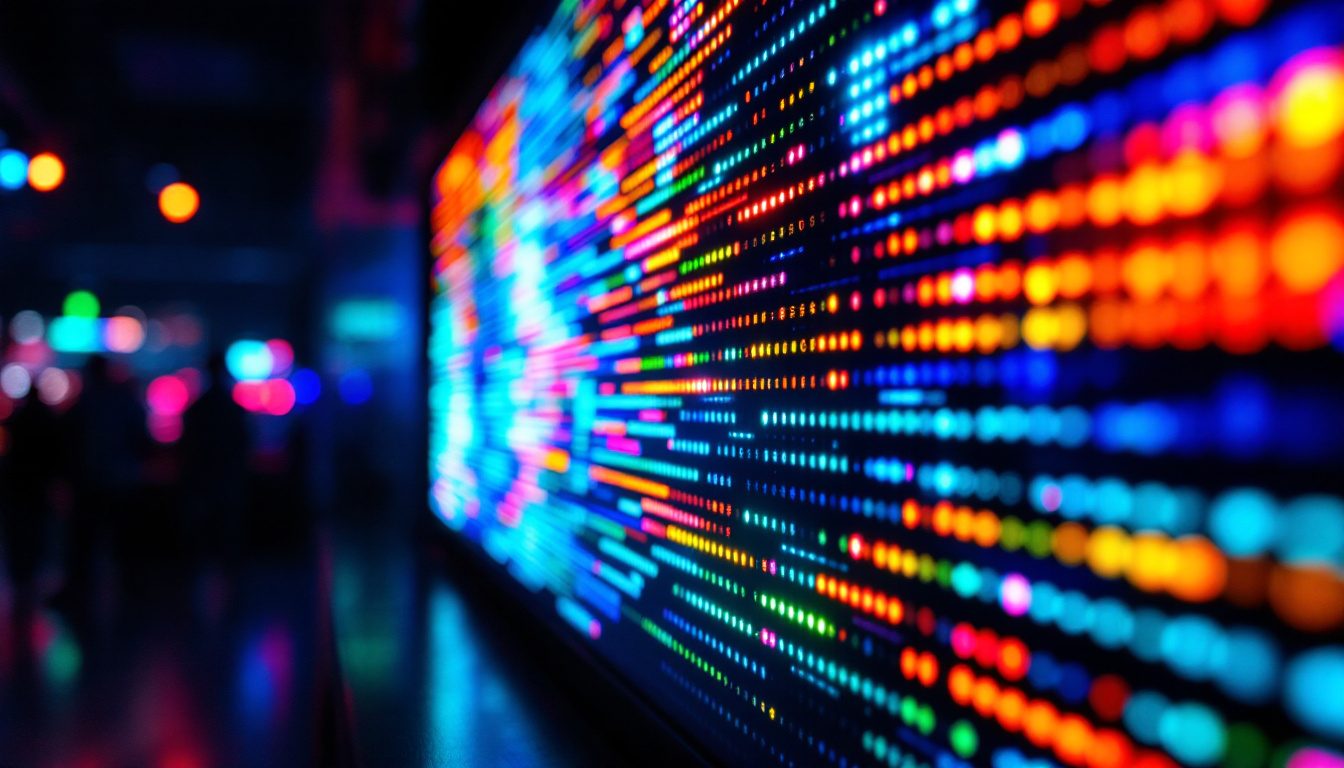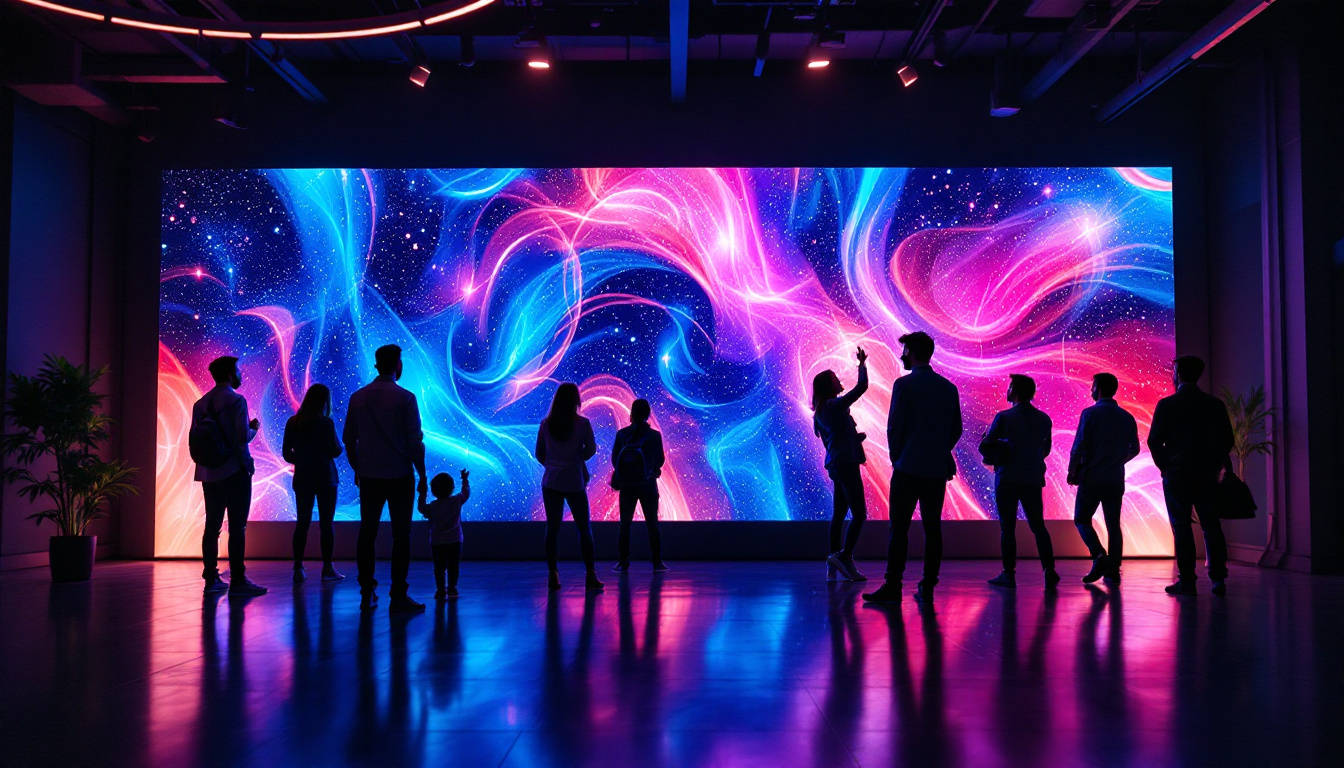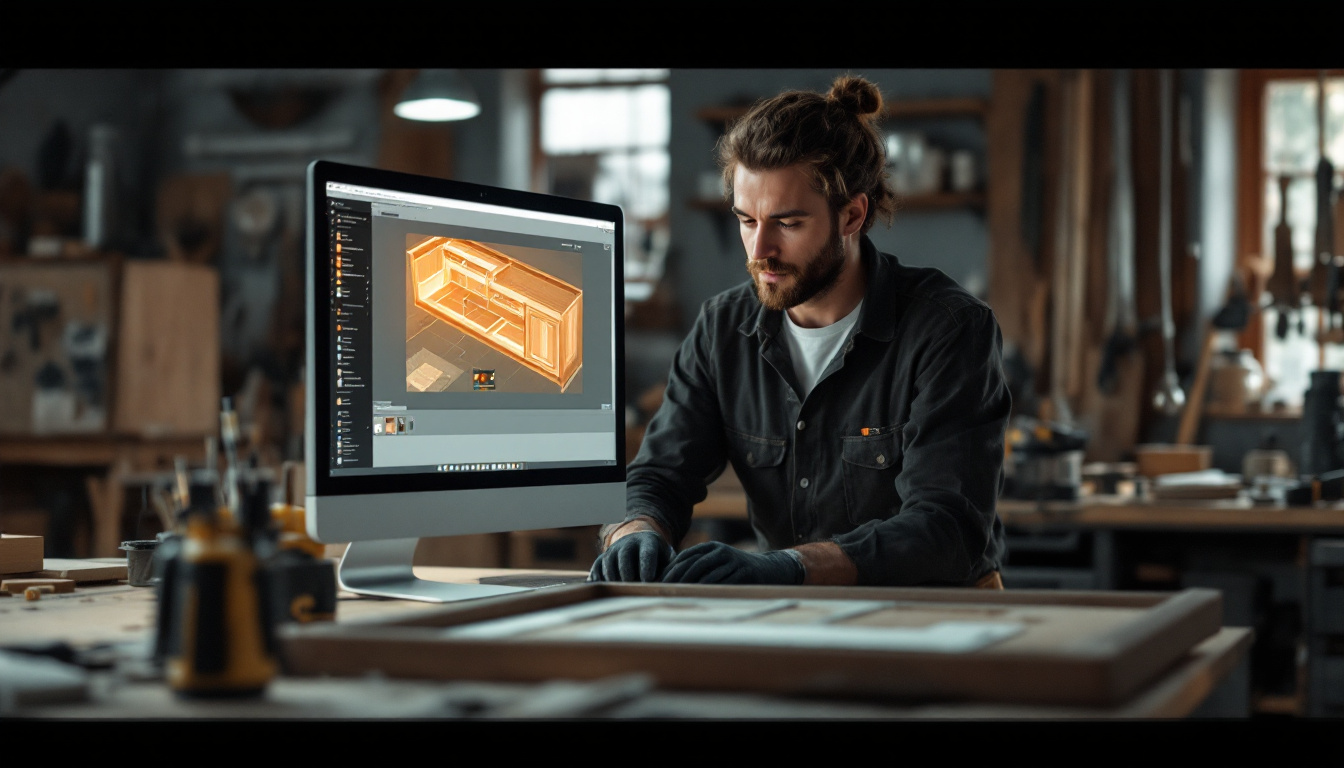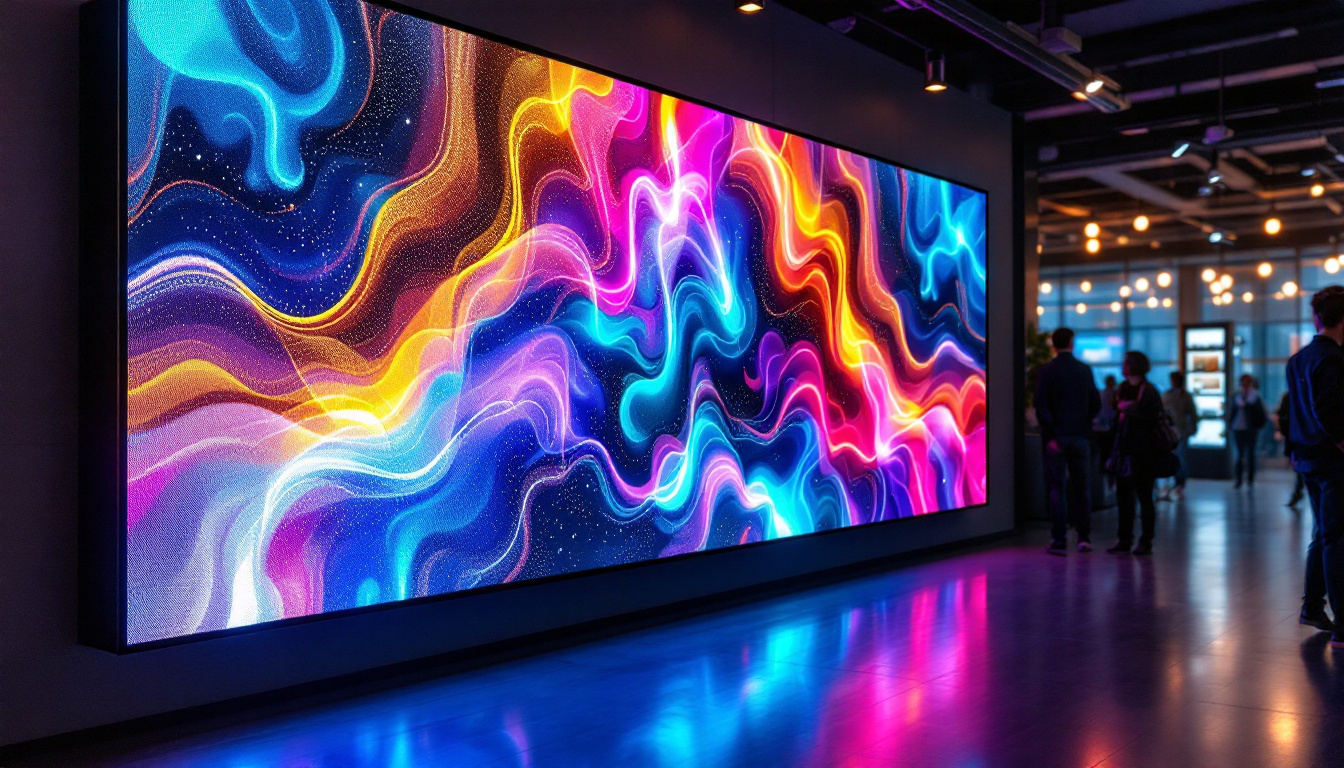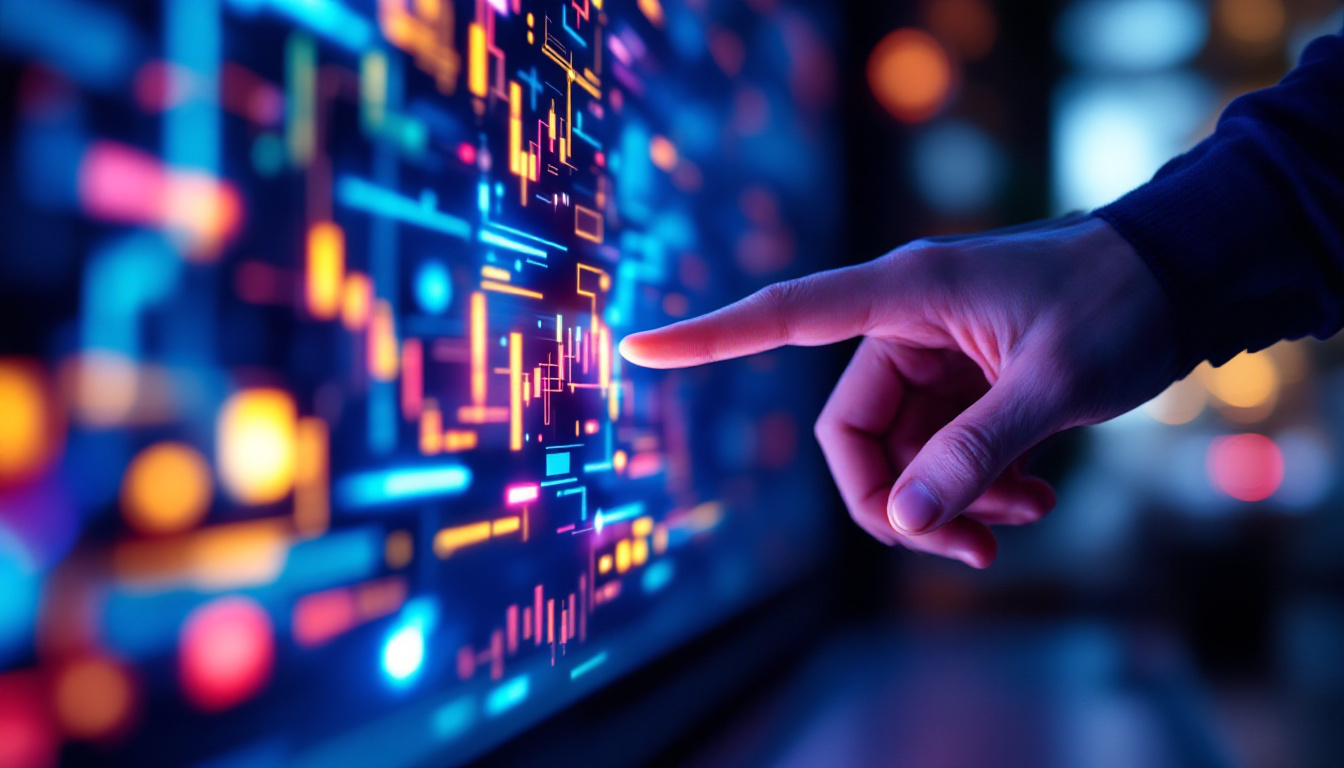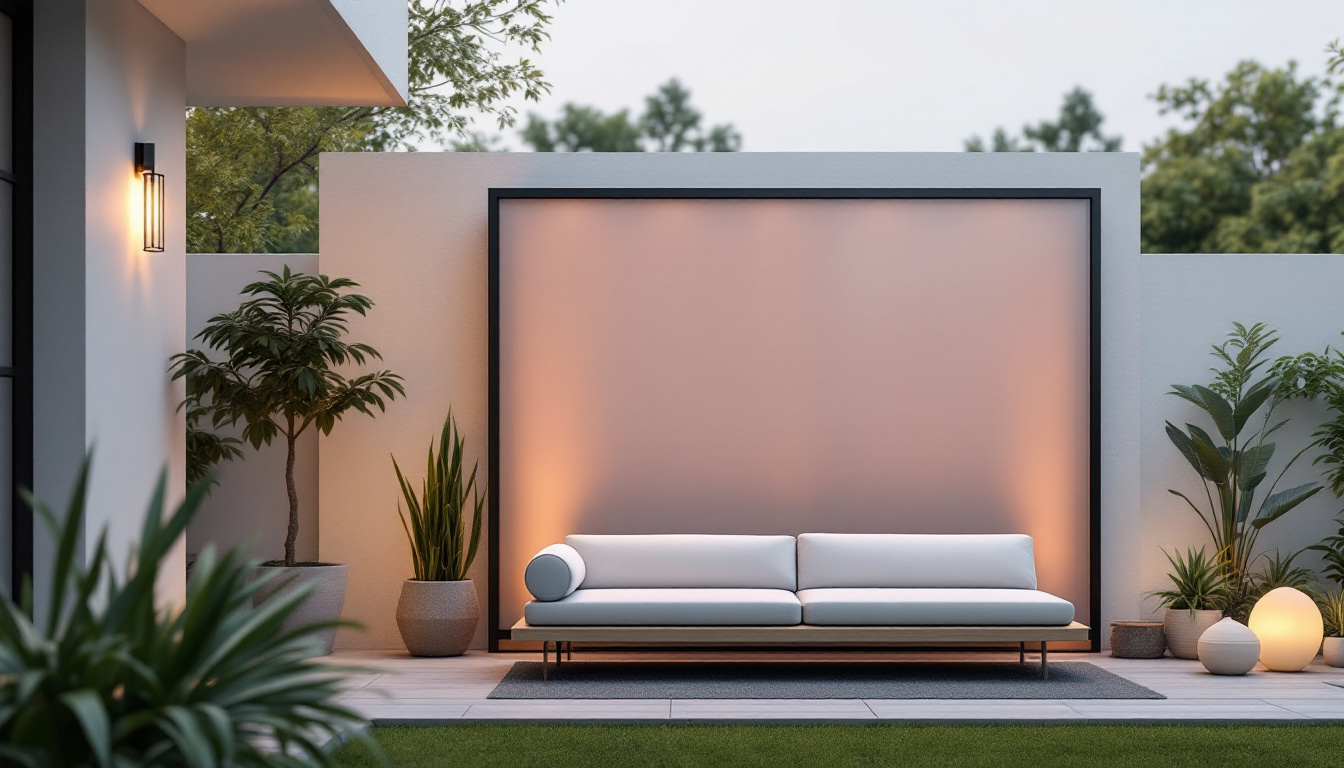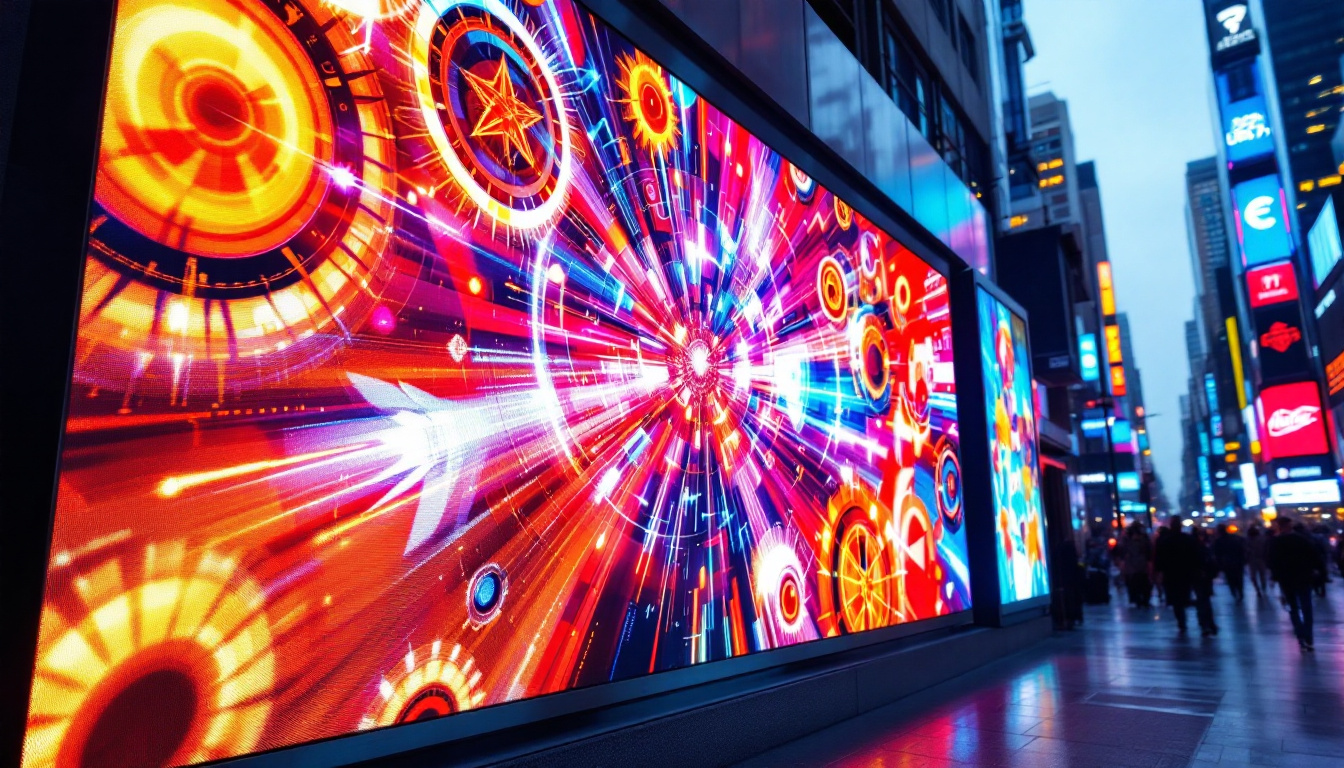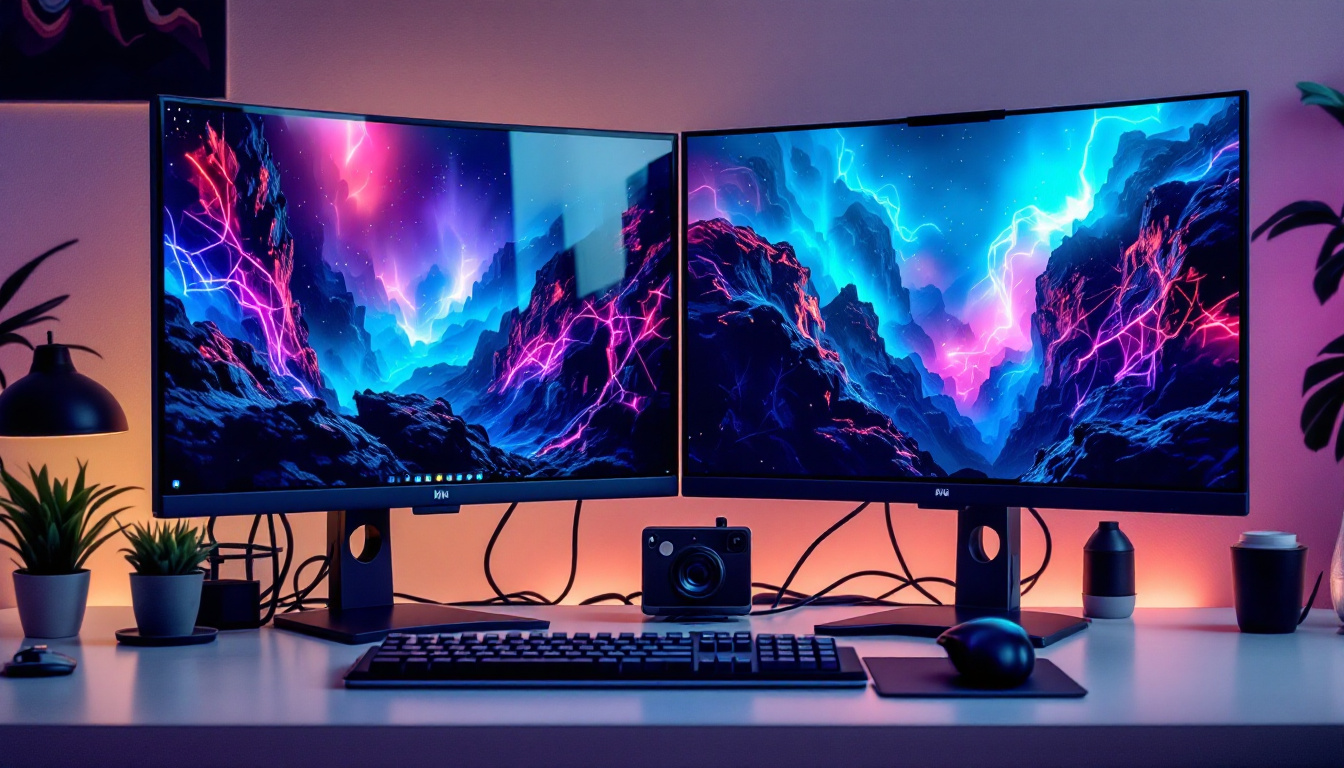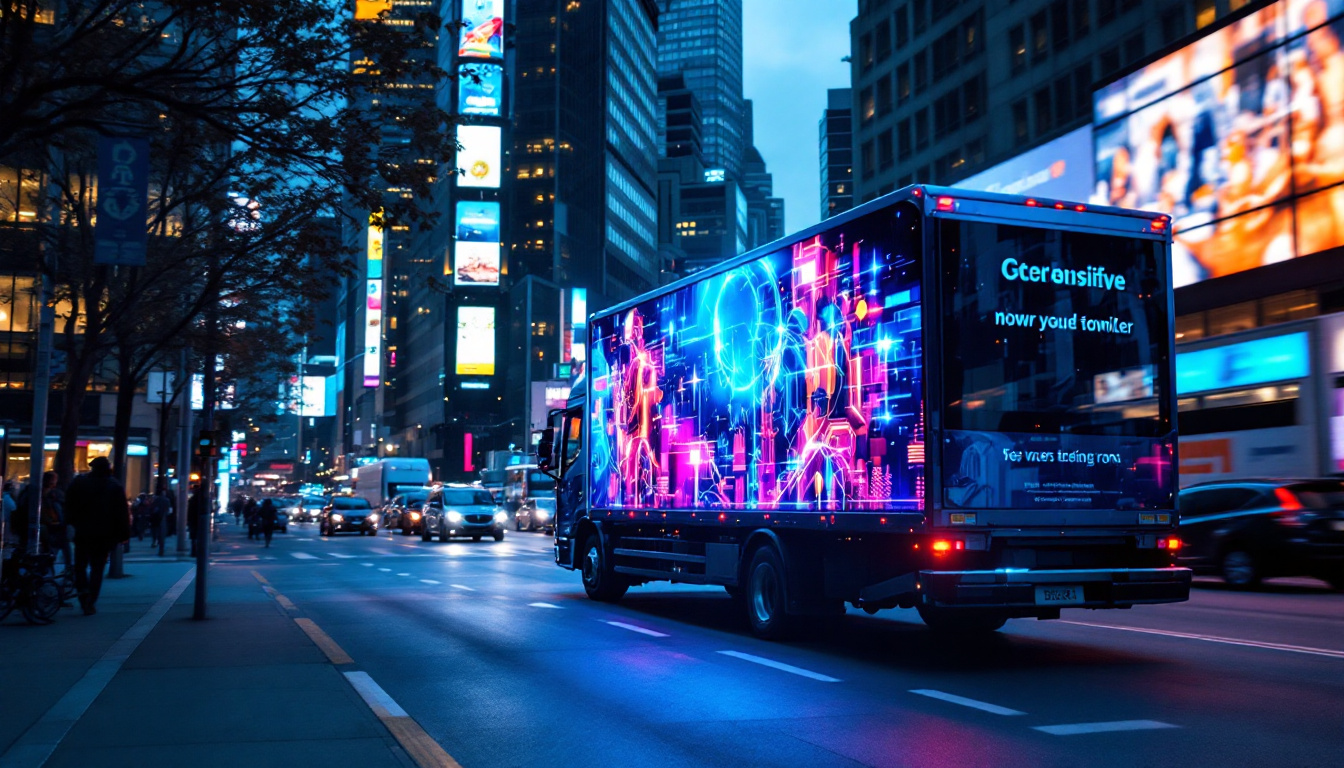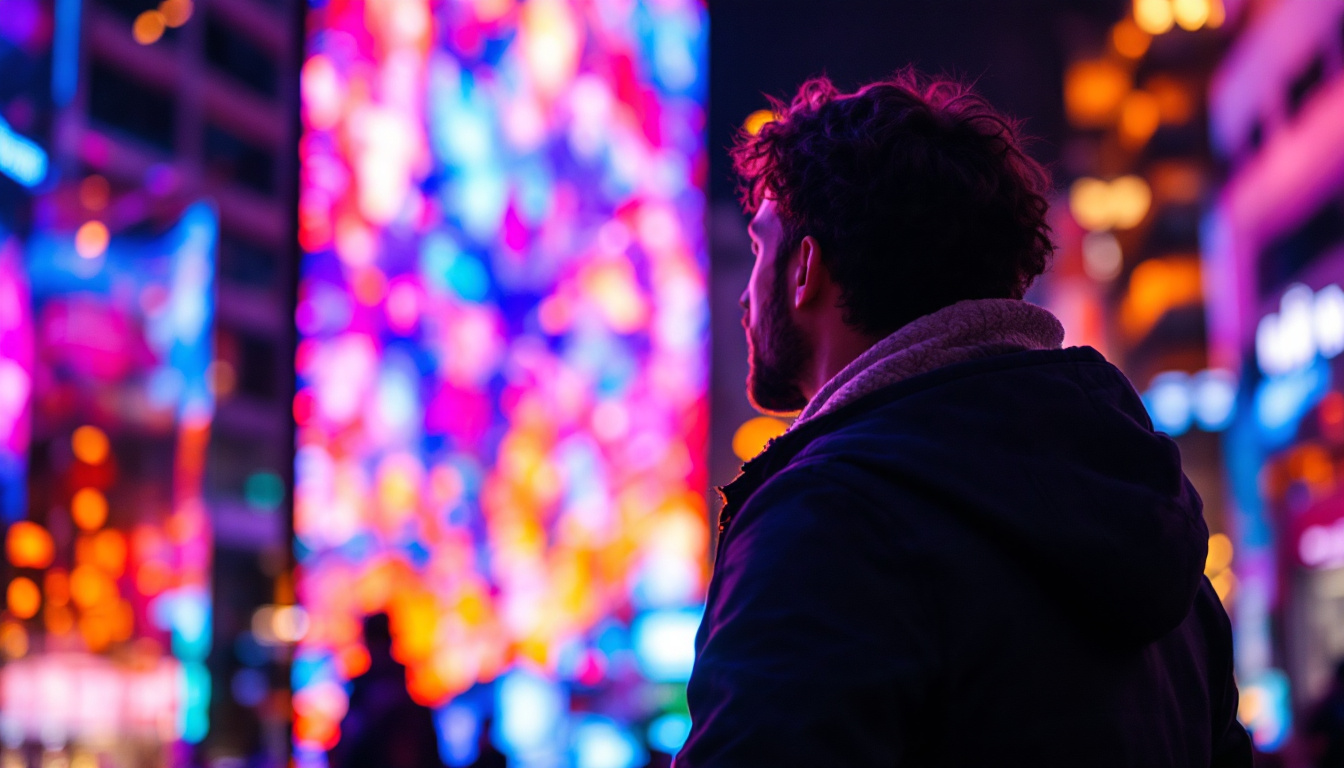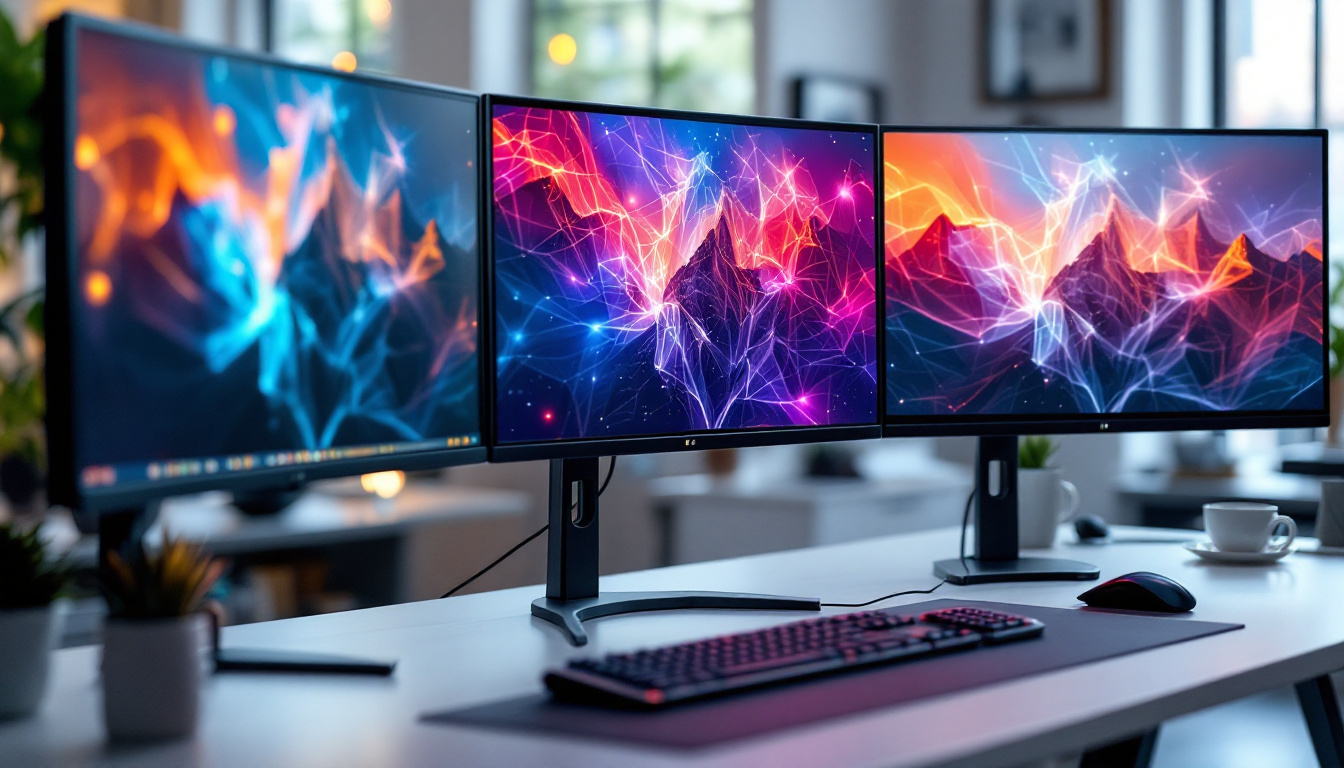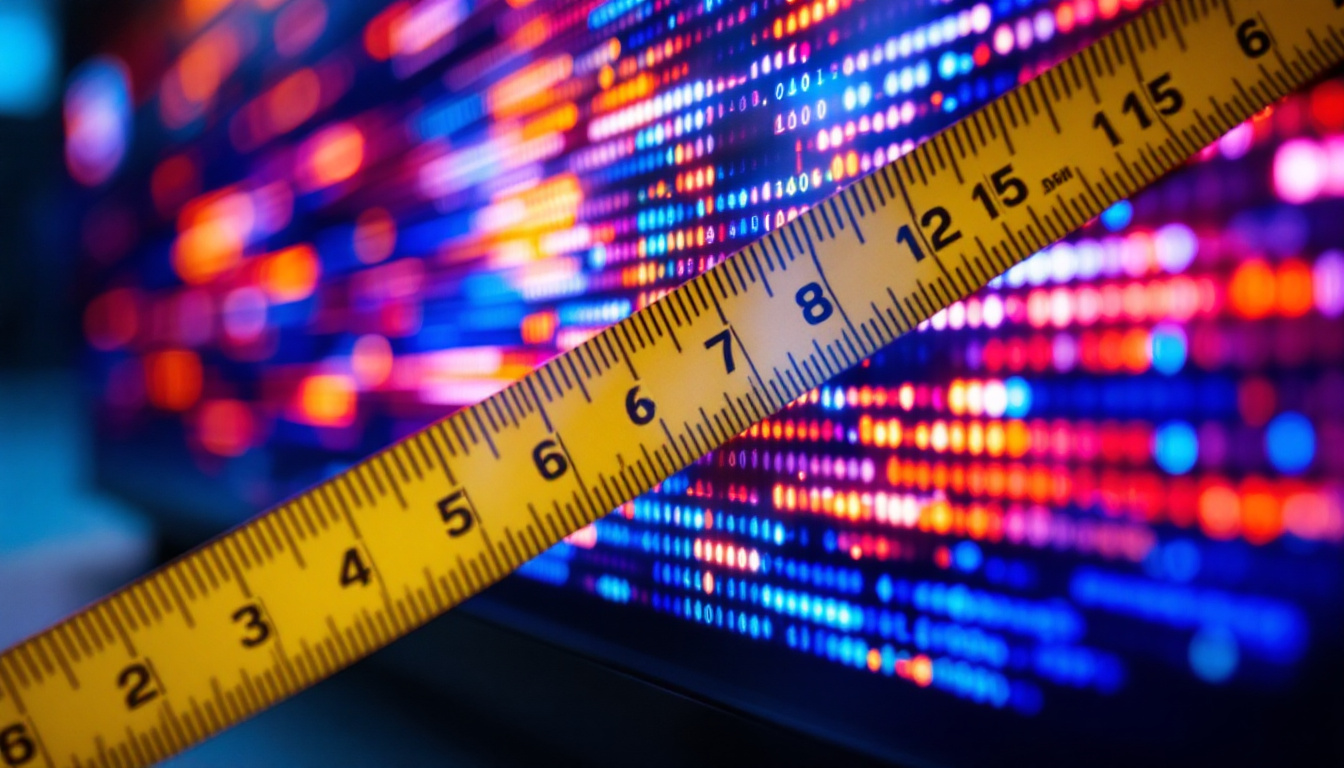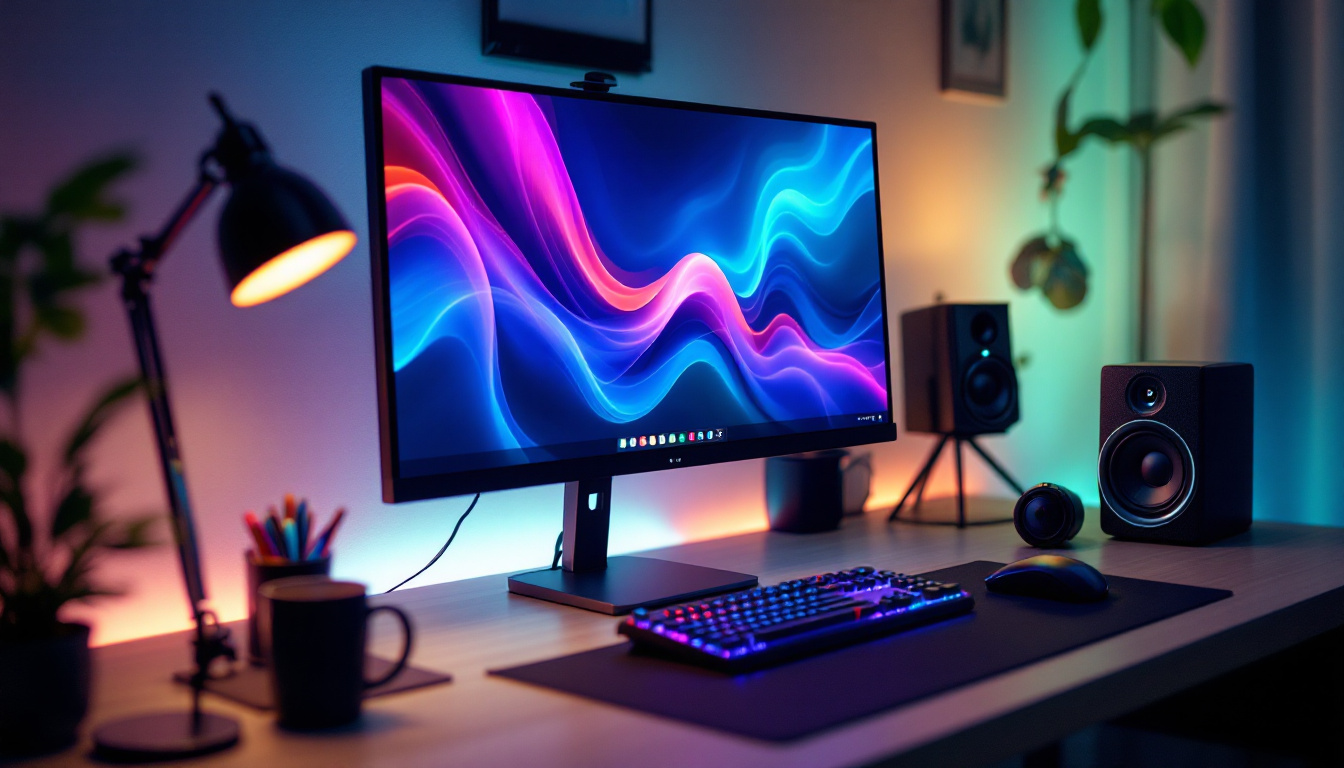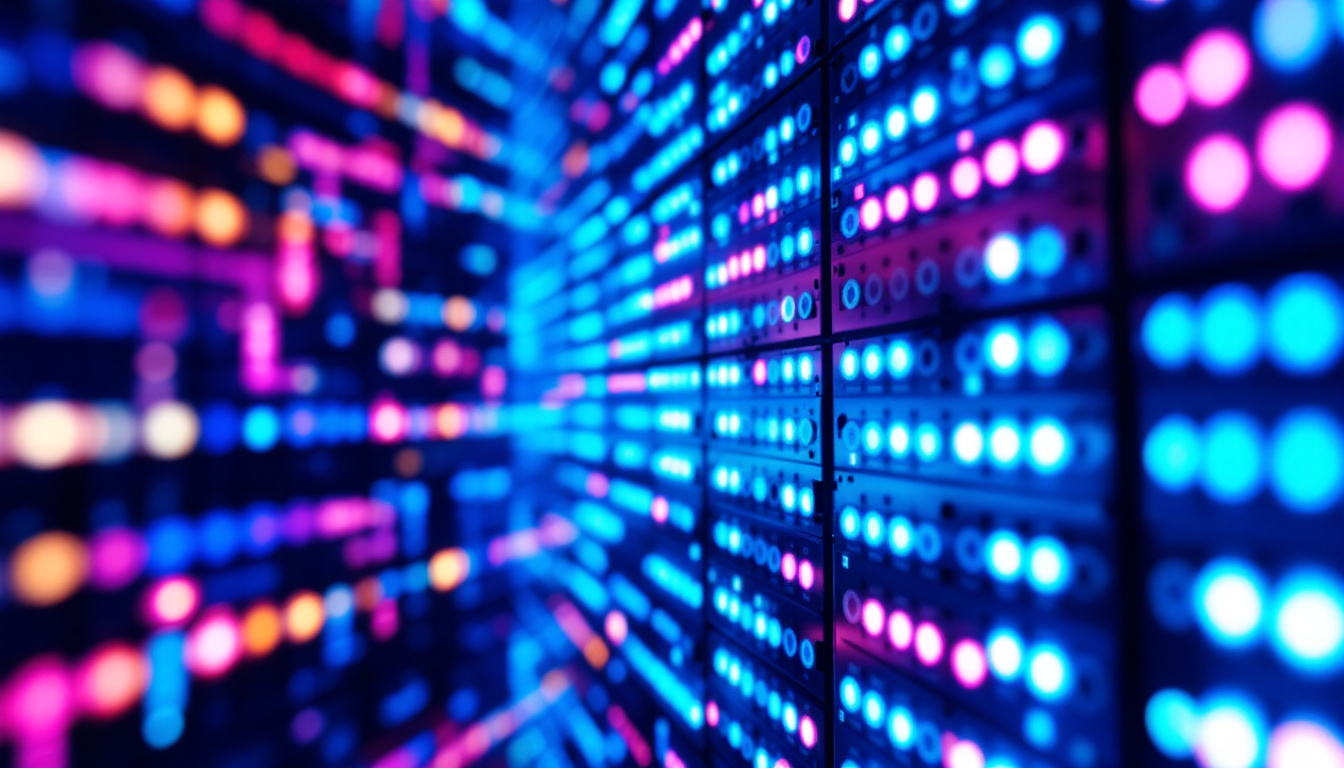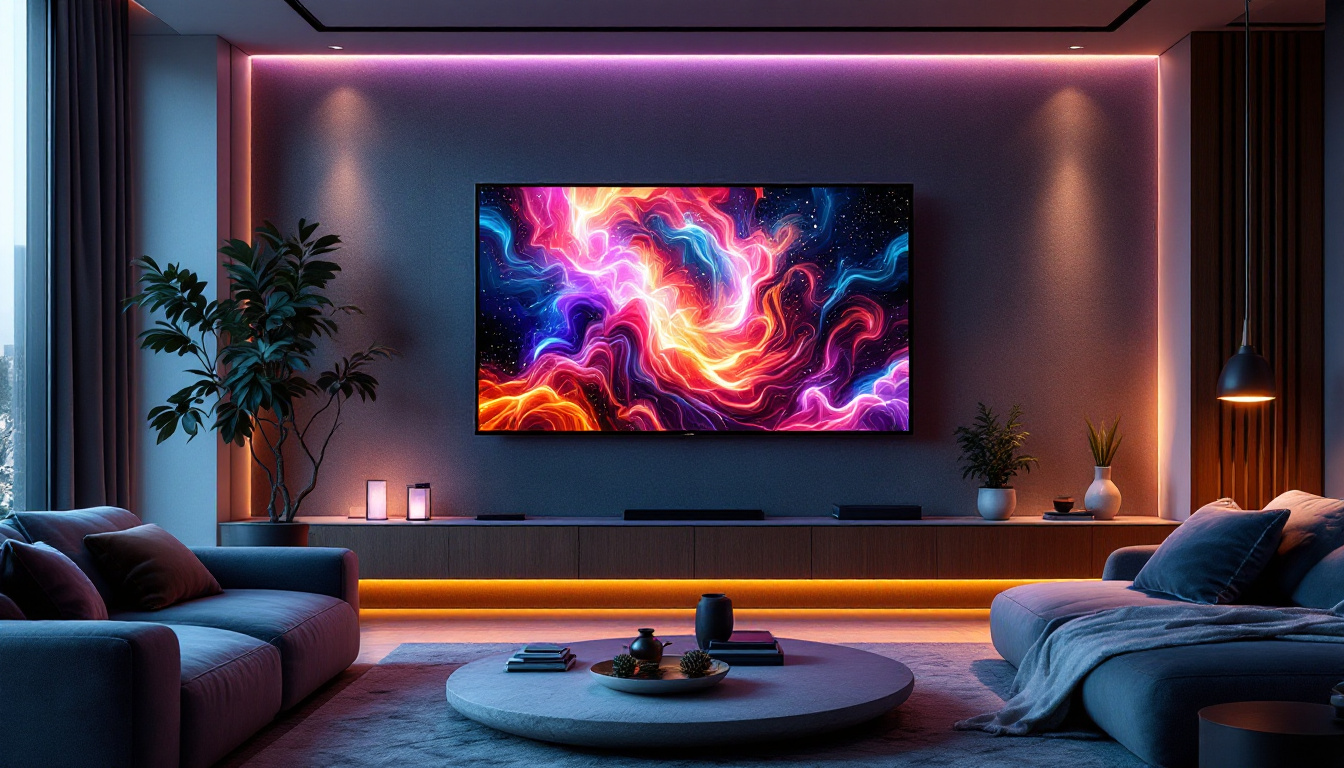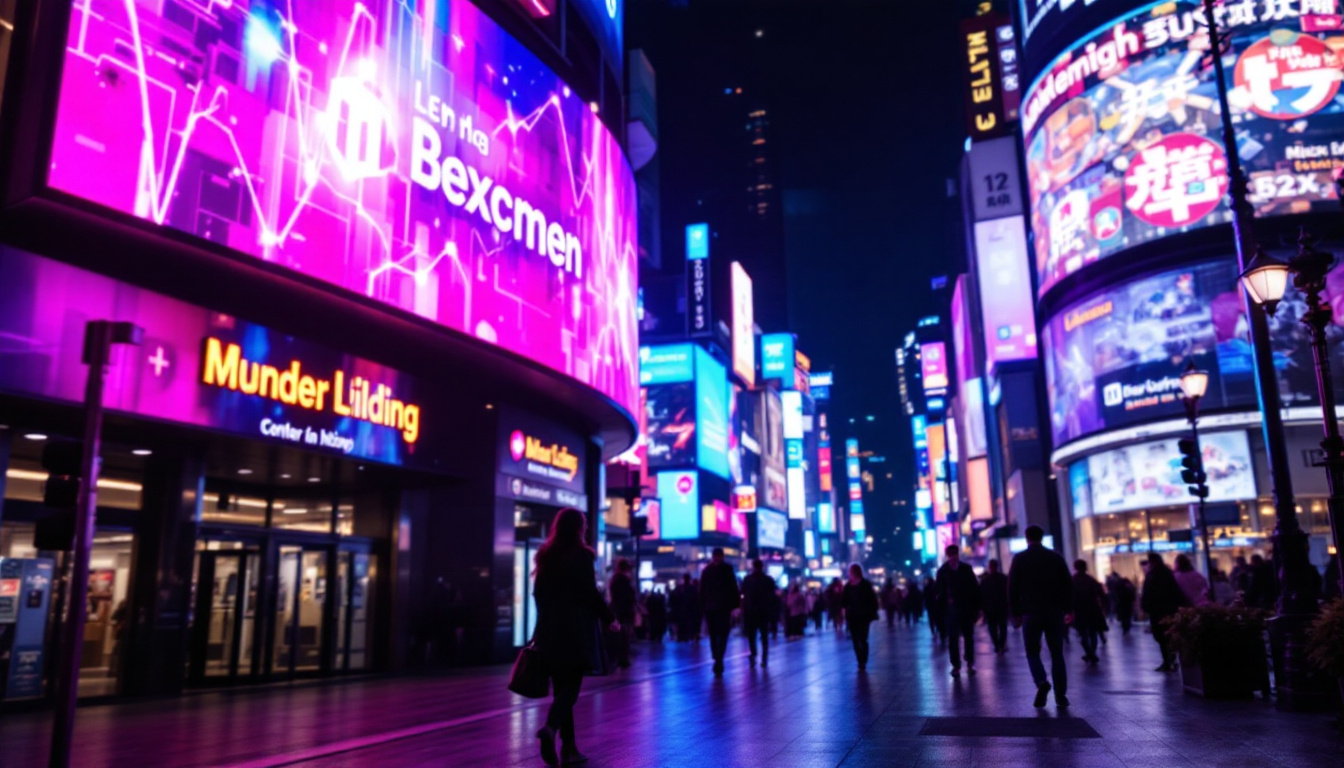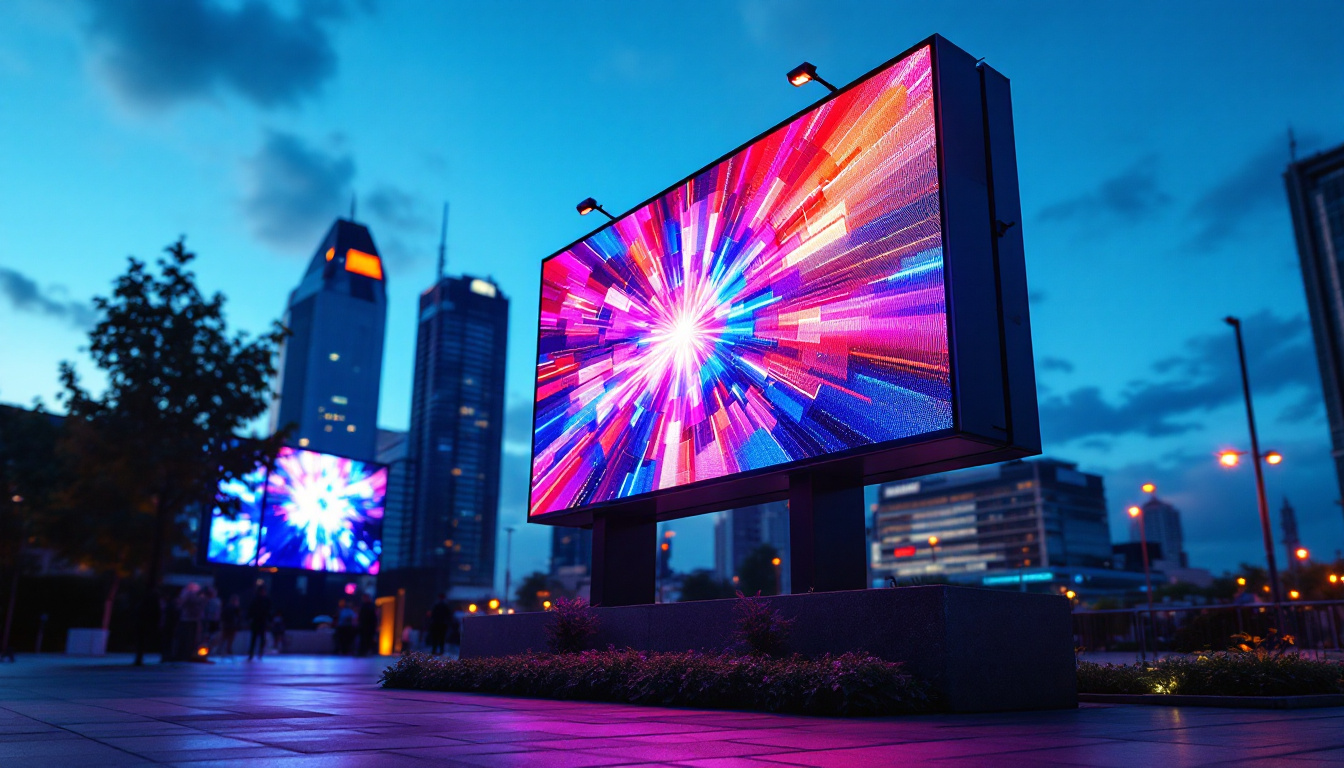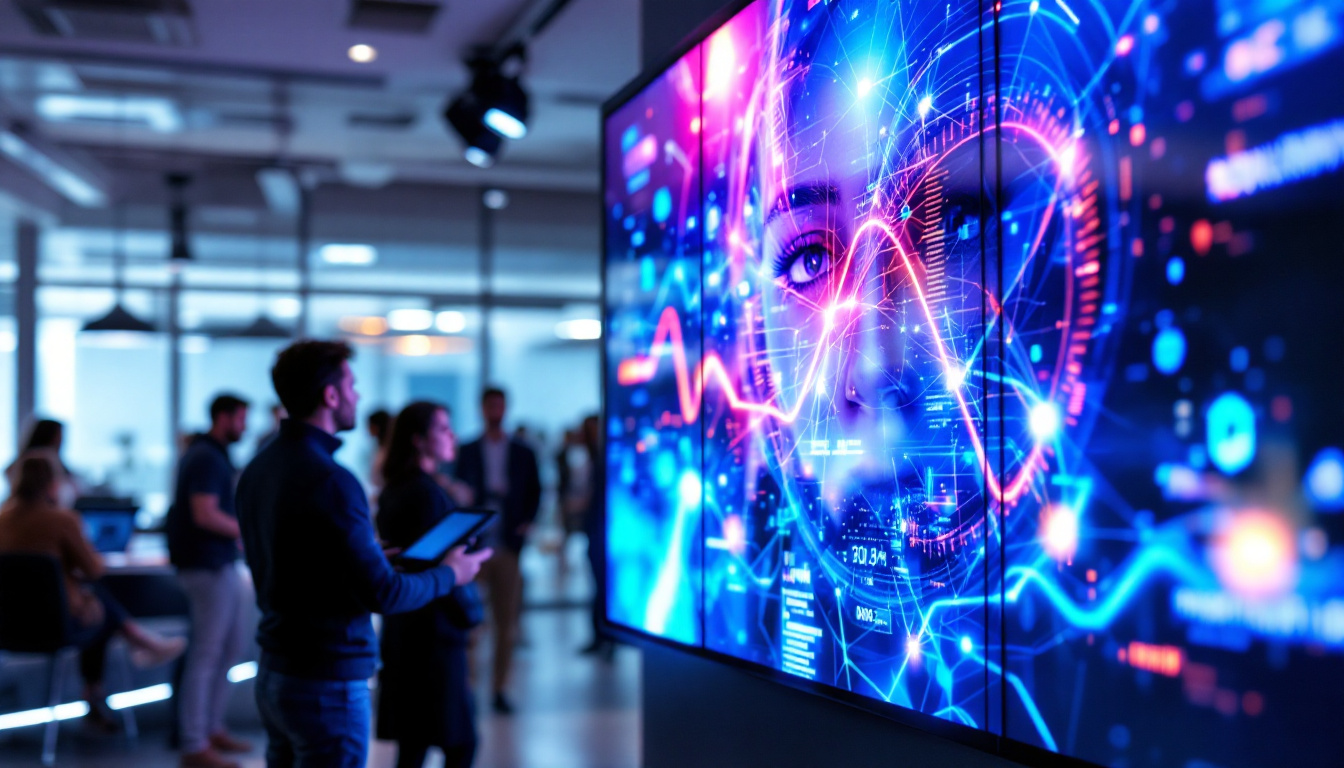In the realm of modern advertising and information dissemination, LED displays have emerged as a powerful tool. Strong Tower Designs focuses on creating innovative LED display solutions that cater to various needs, from outdoor advertising to indoor event signage. This article delves into the intricacies of LED displays, their advantages, applications, and the technology behind them.
Understanding LED Displays
LED displays, or Light Emitting Diode displays, are electronic screens that utilize LEDs as their primary light source. These displays are known for their vibrant colors, high brightness, and energy efficiency. Unlike traditional display technologies, such as LCD or CRT, LED displays offer superior visibility, making them ideal for both indoor and outdoor environments. Their lightweight and slim profile also contribute to their popularity, allowing for easy installation and integration into various settings, from retail spaces to stadiums.
How LED Displays Work
The fundamental principle behind LED displays lies in the use of semiconductor materials that emit light when an electric current passes through them. Each pixel on an LED display is made up of red, green, and blue (RGB) diodes. By adjusting the intensity of these colors, a wide spectrum of colors can be produced, allowing for dynamic and colorful visuals. This ability to create vivid images is particularly beneficial in applications such as advertising, where eye-catching graphics can significantly enhance viewer engagement.
LED displays can be categorized into different types, including direct view LED, LED video walls, and LED matrix displays. Each type serves specific purposes and offers unique benefits, making it essential to choose the right kind for the intended application. Additionally, advancements in technology have led to the development of features such as high refresh rates and improved color accuracy, further enhancing the user experience and making LED displays a preferred choice for modern visual communication.
Types of LED Displays
There are several types of LED displays available in the market, each designed for specific applications. Understanding these types can help businesses and organizations make informed decisions. The choice of display type can significantly impact the effectiveness of communication strategies, especially in environments where capturing attention is crucial.
- Direct View LED Displays: These are commonly used for large-scale outdoor advertising. They provide high brightness and excellent visibility even in direct sunlight. Their robust construction ensures durability against harsh weather conditions, making them a reliable choice for long-term outdoor use.
- LED Video Walls: Composed of multiple LED panels, these displays are used for events and presentations. They offer high resolution and can be customized to fit various sizes and shapes. The modular design allows for seamless integration, creating a unified visual experience that can adapt to different venues and audience sizes.
- LED Matrix Displays: Often used for information boards and signage, these displays can show text, graphics, and animations, making them versatile for different messaging needs. Their programmable nature allows for real-time updates, which is particularly useful for public transportation systems and event notifications.
In addition to these common types, there are also specialized LED displays designed for niche markets, such as transparent LED displays that allow for visibility behind the screen or flexible LED displays that can be shaped to fit unconventional spaces. These innovations continue to push the boundaries of what is possible with LED technology, making it an exciting area of development in the field of visual displays.
Advantages of LED Displays
LED displays offer numerous advantages over traditional display technologies, making them a preferred choice for many applications. Their benefits range from performance to environmental impact.
Energy Efficiency
One of the most significant advantages of LED displays is their energy efficiency. Compared to incandescent and fluorescent displays, LEDs consume significantly less power while providing brighter output. This not only reduces electricity costs but also contributes to a lower carbon footprint, making them an environmentally friendly option. Furthermore, the reduced energy consumption translates into less strain on electrical grids, particularly during peak usage times, which can lead to a more stable energy supply overall.
Longevity and Durability
LED displays are known for their longevity. With a lifespan of up to 100,000 hours, they outlast many traditional display technologies. This durability means less frequent replacements and lower maintenance costs, making them a cost-effective solution in the long run. Additionally, LED technology is less susceptible to damage from shocks and vibrations, making these displays ideal for use in high-traffic areas or in environments where they may be exposed to harsh conditions, such as outdoor events or industrial settings.
High Visibility and Brightness
LED displays are designed to be highly visible, even in bright sunlight. Their brightness levels can be adjusted according to ambient light conditions, ensuring that content remains legible at all times. This feature is particularly beneficial for outdoor applications, where visibility is crucial for effective communication. Moreover, the color accuracy and contrast ratios of LED displays enhance the viewing experience, allowing for vibrant and dynamic visuals that can captivate audiences. This makes them an excellent choice not just for advertising, but also for artistic installations and public information displays, where clarity and impact are essential.
Versatility in Design
Another notable advantage of LED displays is their versatility in design. They can be manufactured in various shapes and sizes, allowing for creative applications in both indoor and outdoor settings. From large-scale billboards to small digital signage in retail environments, the adaptability of LED technology enables businesses to tailor their displays to fit specific branding and messaging needs. Additionally, advancements in flexible LED technology have opened up new possibilities for curved or irregularly shaped displays, further enhancing the potential for innovative advertising and information dissemination.
Low Heat Emission
LED displays also produce significantly less heat compared to traditional lighting technologies. This low heat emission not only contributes to energy savings but also reduces the need for extensive cooling systems in enclosed environments. As a result, venues such as theaters, concert halls, and exhibition spaces can maintain comfortable temperatures without incurring high energy costs. Furthermore, the cooler operation of LED displays minimizes the risk of heat-related damage to the display itself, thereby extending its operational life and maintaining consistent performance over time.
Applications of LED Displays
The versatility of LED displays allows them to be used in a wide range of applications across various industries. From advertising to entertainment, the potential uses are vast.
Advertising and Marketing
In the advertising sector, LED displays serve as dynamic billboards that can easily be updated with new content. This flexibility allows businesses to promote their products and services in real-time, capturing the attention of passersby. Additionally, the vibrant colors and high resolution of LED displays enhance the visual appeal of advertisements, leading to higher engagement rates.
Event Signage
For events, LED displays provide an excellent platform for conveying information to attendees. Whether it’s a concert, conference, or sporting event, these displays can showcase schedules, directions, and live feeds, ensuring that everyone stays informed. Their ability to display high-quality visuals makes them ideal for enhancing the overall experience of any event.
Transportation and Wayfinding
LED displays are increasingly being used in transportation hubs such as airports, train stations, and bus terminals. They provide real-time information regarding arrivals, departures, and delays, helping travelers navigate their journeys with ease. Additionally, these displays can be utilized for wayfinding in large facilities, guiding visitors to their desired locations.
The Technology Behind LED Displays
Understanding the technology that powers LED displays is essential for grasping their capabilities and performance. Several key components contribute to the overall functionality of these displays.
Pixel Pitch
Pixel pitch refers to the distance between the centers of two adjacent pixels on an LED display. A smaller pixel pitch results in higher resolution, making it suitable for close viewing distances. Conversely, larger pixel pitches are ideal for outdoor displays viewed from a distance. Choosing the right pixel pitch is crucial for achieving the desired visual quality.
Refresh Rate
The refresh rate of an LED display refers to how often the image is updated per second. A higher refresh rate results in smoother motion and reduces flickering, which is particularly important for video content. For applications such as live events or broadcasting, a refresh rate of at least 60Hz is recommended to ensure optimal performance.
Brightness Levels
Brightness is a critical factor for LED displays, especially for outdoor applications. Measured in nits, the brightness level determines how well the display can be seen in various lighting conditions. High-brightness displays are essential for outdoor advertising, while lower brightness levels may suffice for indoor environments.
Installation and Maintenance of LED Displays
Proper installation and maintenance are vital to ensure the longevity and performance of LED displays. Understanding these processes can help maximize the investment in this technology.
Installation Considerations
When installing an LED display, several factors must be taken into account. The location, mounting structure, and power supply are all crucial elements that can affect the display’s performance. It is essential to work with experienced professionals who can assess the site and provide recommendations for optimal installation.
Regular Maintenance
To keep LED displays functioning at their best, regular maintenance is necessary. This includes cleaning the display surface, checking for loose connections, and monitoring performance metrics. Establishing a maintenance schedule can help identify potential issues before they escalate, ensuring that the display remains operational and effective.
The Future of LED Display Technology
As technology continues to evolve, so too does the potential of LED displays. Innovations in design, functionality, and interactivity are paving the way for even more engaging experiences.
Advancements in Flexibility
One of the most exciting developments in LED display technology is the emergence of flexible LED screens. These displays can be bent and shaped to fit various surfaces, allowing for creative installations that were previously impossible. From curved displays in retail environments to unique shapes for art installations, the possibilities are expanding.
Integration with Smart Technology
With the rise of smart technology, LED displays are becoming increasingly integrated with IoT devices. This integration allows for real-time data sharing and dynamic content updates based on user interactions. For instance, smart LED displays can adjust their content based on audience demographics or environmental conditions, enhancing the relevance and effectiveness of the displayed information.
Enhanced Interactivity
Future LED displays are expected to incorporate more interactive features, such as touch capabilities and augmented reality. These advancements will enable users to engage with the content in new ways, creating immersive experiences that captivate audiences. As interactivity becomes a standard expectation, businesses will need to adapt their strategies to leverage these new capabilities.
Conclusion
LED displays have revolutionized the way information is presented and consumed. Their vibrant visuals, energy efficiency, and versatility make them an invaluable asset across various industries. As technology continues to advance, the potential applications and capabilities of LED displays will only expand, offering exciting opportunities for businesses and organizations. Strong Tower Designs remains at the forefront of this innovation, providing cutting-edge LED display solutions that meet the evolving needs of the market.
Discover LumenMatrix’s Innovative LED Solutions
Ready to elevate your visual communication with the latest in LED technology? Explore LumenMatrix’s comprehensive range of LED display modules, designed to bring your brand to life. From vibrant Indoor and Outdoor LED Wall Displays to dynamic Vehicle and Sports LED Displays, our solutions are tailored to create immersive experiences that captivate and engage. Whether you’re looking to make a bold statement with a Custom LED Display or seeking the sleek sophistication of an All-in-One LED Display, LumenMatrix has you covered. Check out LumenMatrix LED Display Solutions today and transform the way you connect with your audience.

